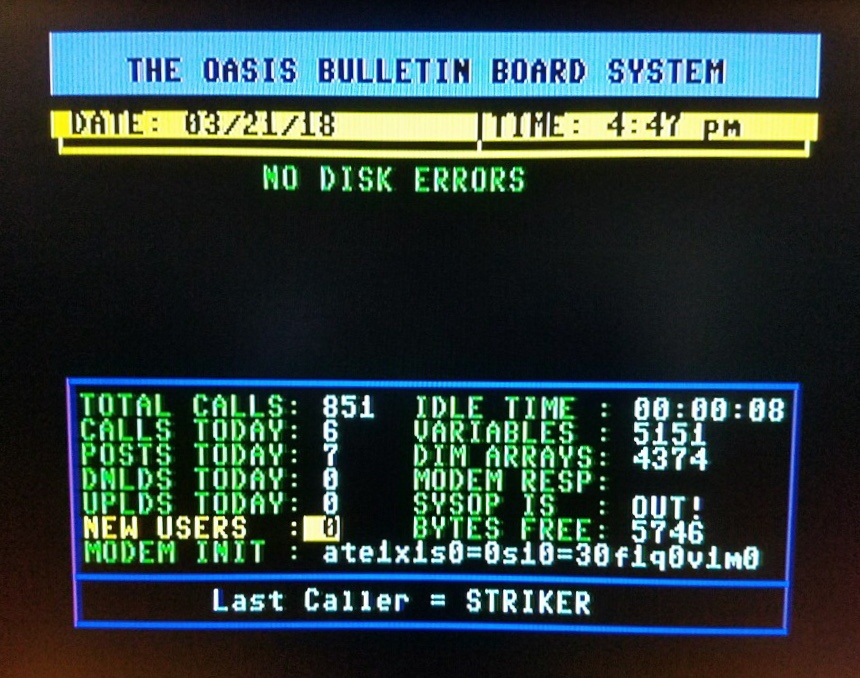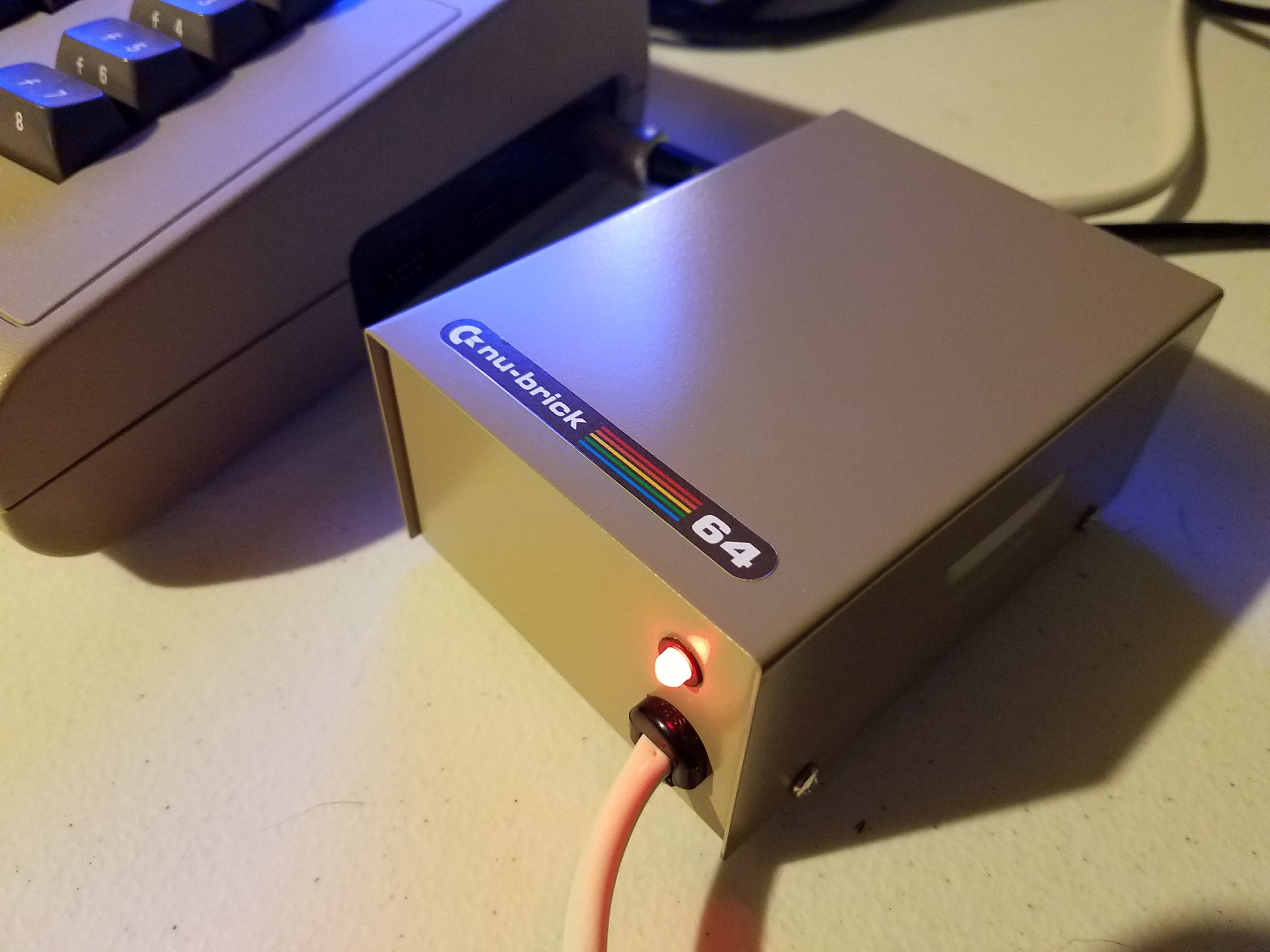In the latest chapter of this ongoing repair series, TheRetroChannel returns to a stubborn Commodore 64 shortboard that refused to play nice in the last episode. This time, he digs even deeper—and with the help of viewer comments, logic probing, freeze sprays, and just a little bit of rage-fueled soldering, finally pins down the culprit.
For those just joining in, the first video ended with the machine still acting strangely. Chips had been tested and socketed, traces examined, and previous rework scrutinized, but the mystery remained. Enter round two—where the real sleuthing begins.
The episode kicks off with a trip through the YouTube comment section. Viewers weighed in with suggestions ranging from cracked solder joints to rogue resistor packs, and even some old-school swaptronics wisdom. One commenter pointed out a lifted CIA pin. Another guessed it was the power switch. Some even theorized about bus contention and faulty chip select logic.
Spoiler alert: they were getting warmer.
Throughout the video, TheRetroChannel methodically eliminates possibilities. He tests the power switch under load. He scours the board for cold joints and lifted traces. He compares oscilloscope traces from the suspected PLA to a known good one. He even tries a hot-and-cold routine—blasting the PLA with freezer spray and later warming it up—to observe any changes in behavior. And while things got toasty, the results stayed the same: inconsistent startup, random glitches, and the occasional “light red border of doom.”
Eventually, he pulls the Super PLA, fits a socket, and swaps in a known-good chip. That’s when everything clicks into place—the machine boots cleanly. No more glitching. No more second-guessing. It was the Super PLA all along.
The real kicker? The hint was in the thumbnail of the first video, where the word “not” was highlighted in red. As it turns out, that not was doing a lot of heavy lifting. He suspected the PLA all along but let the 4066 detour him temporarily.
After confirming the bad PLA in his working shortboard (hello, black screen), he wraps the video with diagnostics, confirming the SID, keyboard, and ports are now fully operational. Even the color RAM, which almost got socketed for completeness’ sake, seems fine.







